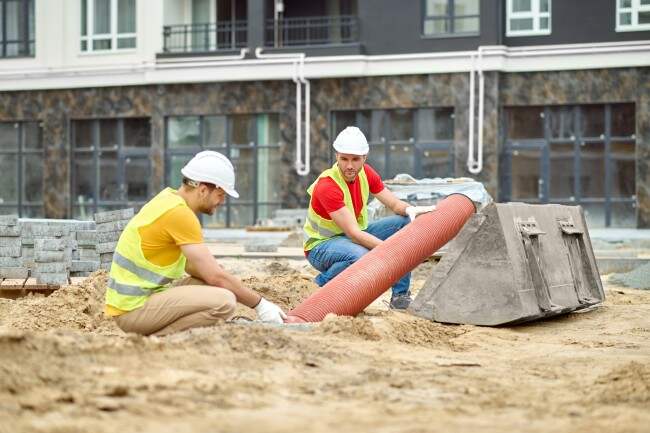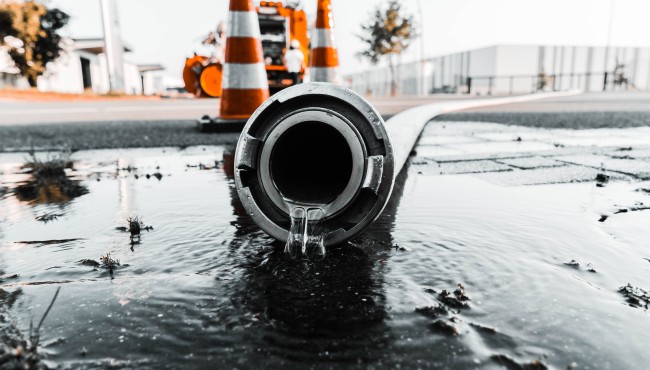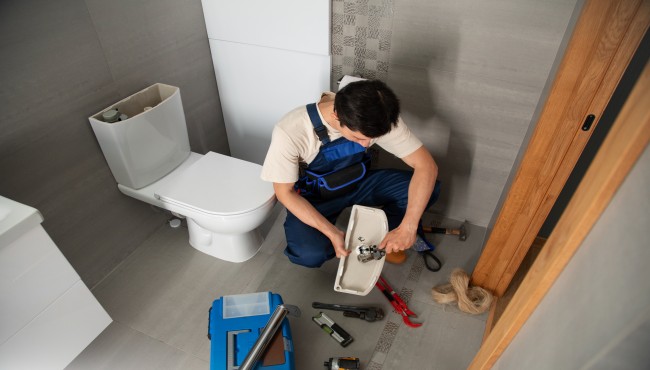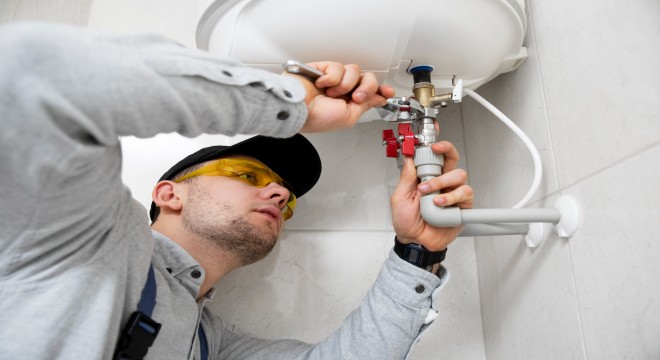Sewer line issues can quickly escalate into major plumbing problems if left untreated. Knowing the signs of sewer line repair needs is essential for every homeowner. A damaged or blocked sewer line can lead to slow draining, foul odors, water pooling, and even structural damage to your home. In this guide, we’ll cover how to recognize the warning signs, identify the causes, explore repair methods, and understand when to call a professional. By learning how to detect issues early, you can save money, prevent water damage, and maintain a safe, efficient plumbing system.
Introduction – Why Sewer Line Repair Is Important
Your sewer line is a critical component of your home’s plumbing system, responsible for safely carrying wastewater away. Ignoring potential issues can lead to serious consequences, including extensive water damage, mold growth, and costly repairs. Timely sewer line repair ensures your plumbing functions properly and avoids health hazards from untreated sewage. This article will help homeowners recognize early warning signs, understand the causes of sewer line problems, and take appropriate actions to protect their property.
Common Signs of Sewer Line Problems
Recognizing the early indicators of sewer line damage can prevent costly repairs and extensive property damage. Some signs may appear inside your home, while others are visible outside in your yard.
Slow Draining or Backed-Up Toilets
One of the first signs of sewer line trouble is slow-draining sinks, tubs, or toilets. If multiple fixtures are backing up simultaneously, it may indicate a blockage in the main sewer line rather than individual drain pipes. Persistent backups require immediate attention to prevent overflow and damage.
Foul Odors Around Your Home
Unpleasant sewage odors in your bathroom, basement, or yard often indicate a leak or broken sewer pipe. These smells occur when wastewater escapes the sewer system and infiltrates your living space or soil. Ignoring these odors can lead to health hazards and worsening pipe damage.
Gurgling Sounds from Drains
Gurgling or bubbling noises from your drains or toilet are a classic sign of air trapped in the pipes due to blockages or damaged sewer lines. This indicates that wastewater is struggling to flow freely, requiring inspection and potentially sewer line repair.
Unexplained Water Pooling in Yard
If you notice soggy areas, puddles, or water pooling in your yard where none existed before, it may be a sign of a broken or leaking sewer line underground. This can damage landscaping, erode soil, and worsen over time if left unaddressed.
Cracks in Foundation or Walls
Severe sewer line damage may cause soil shifting under your home, resulting in cracks in the foundation or walls. If you notice sudden structural changes, it’s crucial to check for potential pipe damage and schedule professional sewer line repair immediately.
Causes of Sewer Line Damage
Understanding the causes helps prevent future issues and ensures proper repairs.
Tree Root Intrusion
Tree roots are one of the most common causes of sewer line damage. Roots naturally seek water sources and can penetrate small cracks in sewer pipes, causing blockages and leaks. Over time, roots can break pipes entirely, requiring repair or replacement.
Corroded or Old Pipes
Aging pipes made from clay, cast iron, or galvanized steel can corrode, crack, or collapse over time. Old materials are more susceptible to leaks, blockages, and other plumbing problems, making regular inspections essential.
Ground Shifts or Settling
Natural ground movement, soil erosion, or heavy construction near your property can shift or damage buried sewer pipes. Even minor settling can cause misaligned connections or cracked pipes, leading to leaks and backups.
Blockages from Debris or Foreign Objects
Non-flushable items like wipes, sanitary products, or grease buildup can block sewer lines. Accumulated debris restricts flow, creating pressure that can eventually crack pipes and necessitate sewer line repair.
Methods for Sewer Line Inspection and Diagnosis
Proper inspection is essential to locate the source of the problem before attempting repairs.
Video Camera Inspection
Modern plumbers use video cameras to inspect sewer lines from the inside. This method allows for precise identification of blockages, cracks, root intrusion, and other damage without unnecessary excavation.
Dye Testing
Dye testing involves introducing a harmless colored dye into your drains to trace leaks or misaligned connections. This simple method helps locate problem areas effectively.
Smoke Testing
Smoke testing pushes non-toxic smoke through sewer lines to identify cracks or leaks. Visible smoke emerging from the ground or vents indicates pipe damage that requires repair.
Professional Plumbing Assessment
Licensed plumbers can assess the severity of sewer line damage using specialized tools and experience. Professional evaluation ensures accurate diagnosis and prevents costly mistakes during DIY repairs.
Repair Options for Sewer Line Issues
Once a problem is identified, the next step is deciding on the best repair method.
Traditional Excavation and Replacement
This method involves digging up the damaged pipe and replacing it with new piping. While effective, it can be disruptive and costly due to landscaping or flooring repair needs.
Trenchless Sewer Line Repair
Trenchless methods, like pipe bursting or pipe lining, repair or replace pipes without extensive excavation. These approaches are less disruptive, faster, and often more cost-effective than traditional methods.
Spot Repairs and Pipe Relining
For localized damage, plumbers can perform spot repairs or pipe relining. A flexible liner coated with epoxy is inserted into the damaged section, creating a new pipe inside the old one, preventing leaks and extending pipe lifespan.
Preventive Measures to Avoid Sewer Line Problems
Preventing sewer line issues reduces the risk of costly repairs and plumbing emergencies.
Regular Sewer Line Maintenance
Scheduling regular inspections and maintenance helps identify early signs of wear, corrosion, or minor blockages before they become serious problems.
Avoid Flushing Non-Flushable Items
Items such as wipes, feminine hygiene products, and grease should never be flushed, as they cause blockages and strain your sewer lines.
Root Management and Landscaping Tips
Keep trees and shrubs planted away from sewer lines, and consider root barriers if necessary. Proper landscaping prevents root intrusion and protects underground pipes from damage.
When to Call a Professional for Sewer Line Repair
Certain warning signs indicate it’s time to hire licensed plumbers for sewer line repair.
- Multiple drain backups or slow drainage across the home
- Foul odors that persist despite cleaning
- Visible cracks in foundation or walls
- Water pooling or soggy areas in your yard
- Failure of DIY methods to resolve the issue
Professional plumbers have the experience, tools, and knowledge to provide long-lasting repairs while minimizing disruption to your home.
Conclusion
Recognizing the signs of sewer line problems early is crucial to avoid major water damage and costly repairs. Slow drains, foul odors, gurgling sounds, yard pooling, and foundation cracks are clear indicators that sewer line repair may be necessary. Understanding the causes, using proper inspection methods, and knowing repair options ensures your plumbing system remains efficient and safe. Preventive maintenance, mindful usage, and professional services help homeowners protect their property and avoid emergencies.
📞 Contact Home Fix Services
Website: https://homefixservices.us/
Call: 380 979 0328






